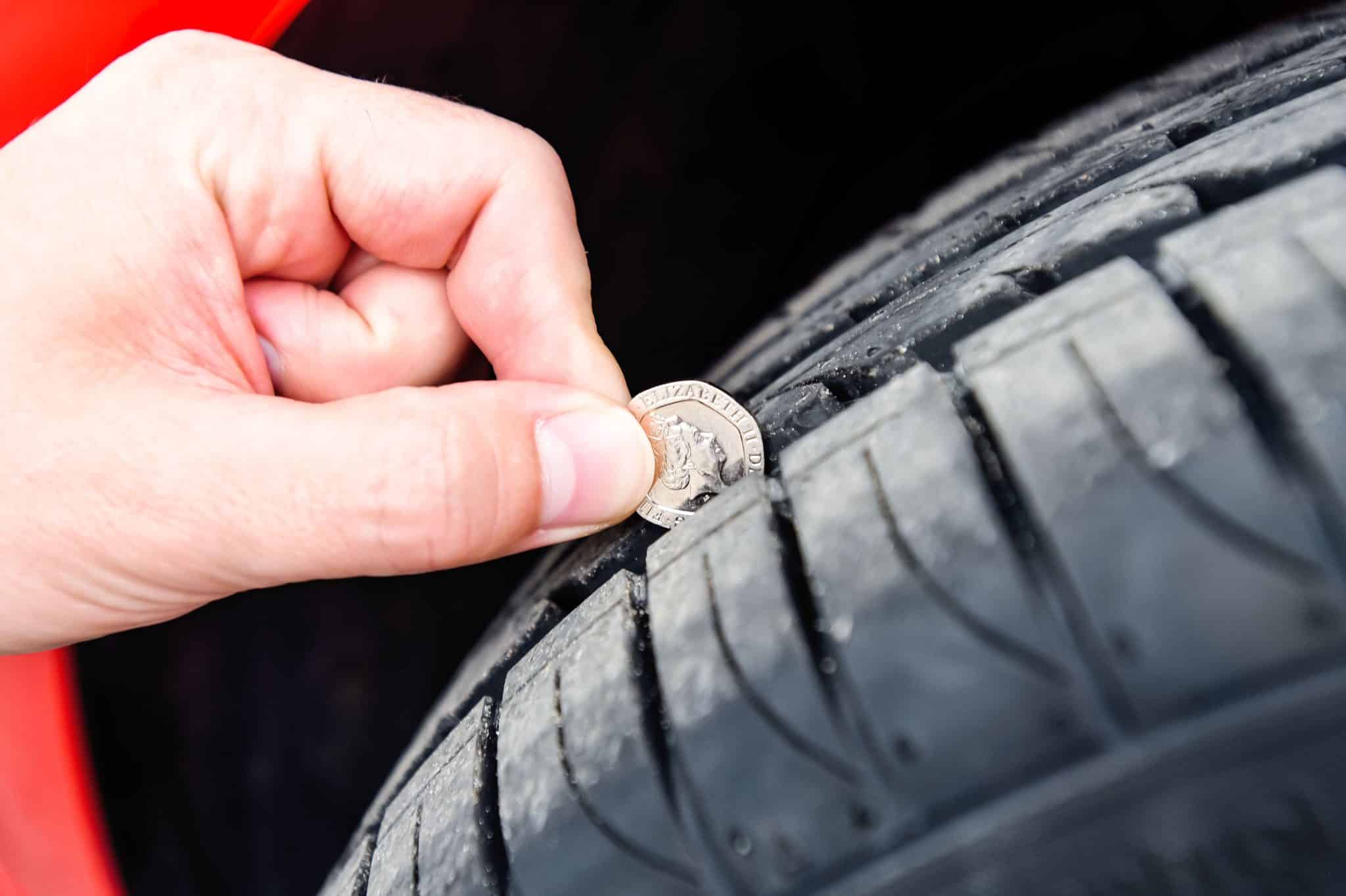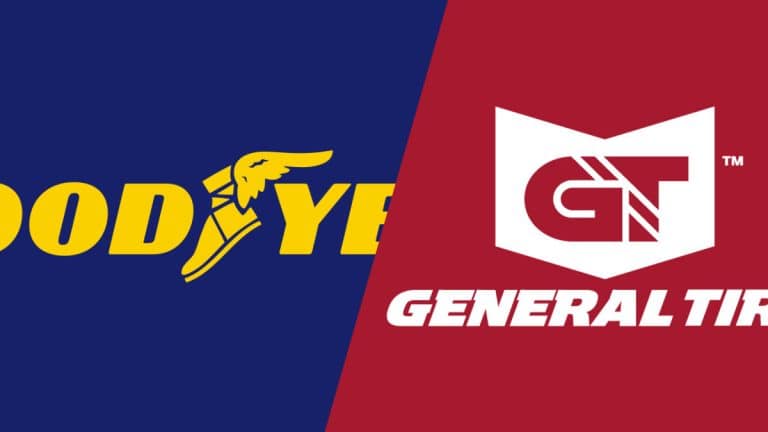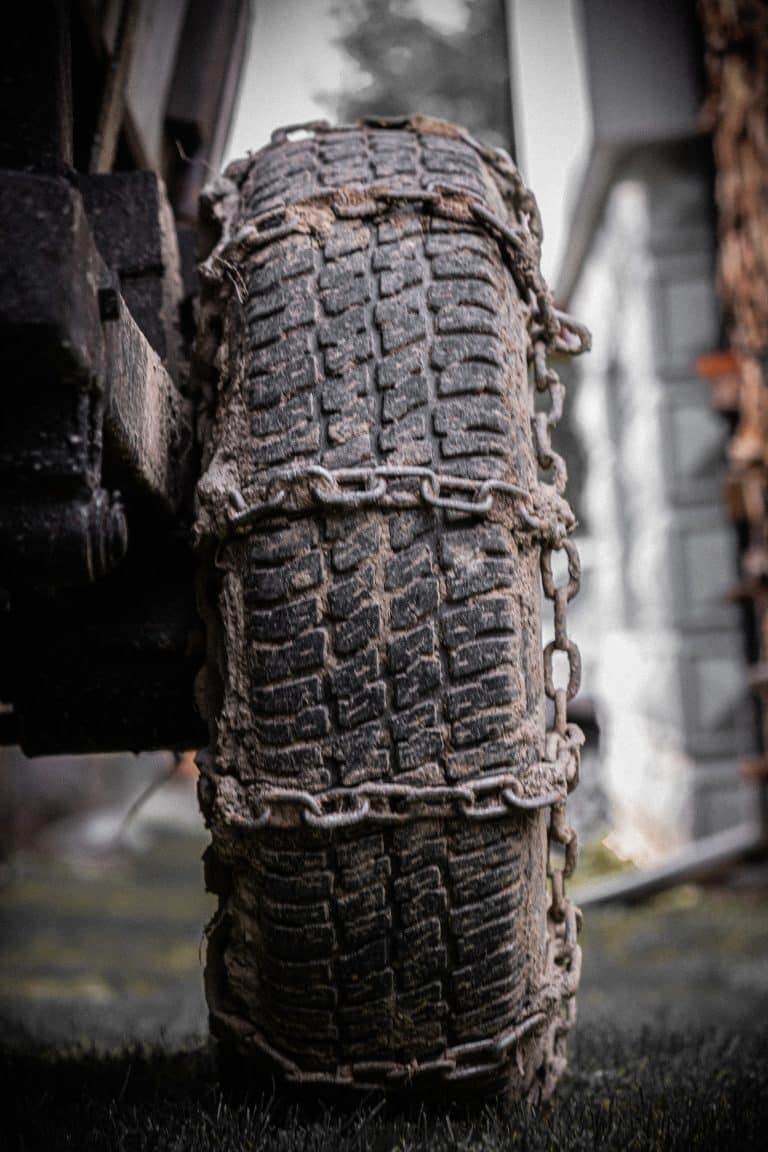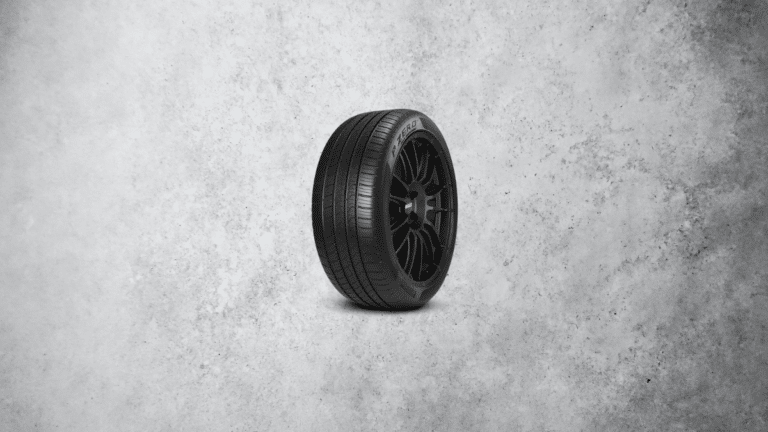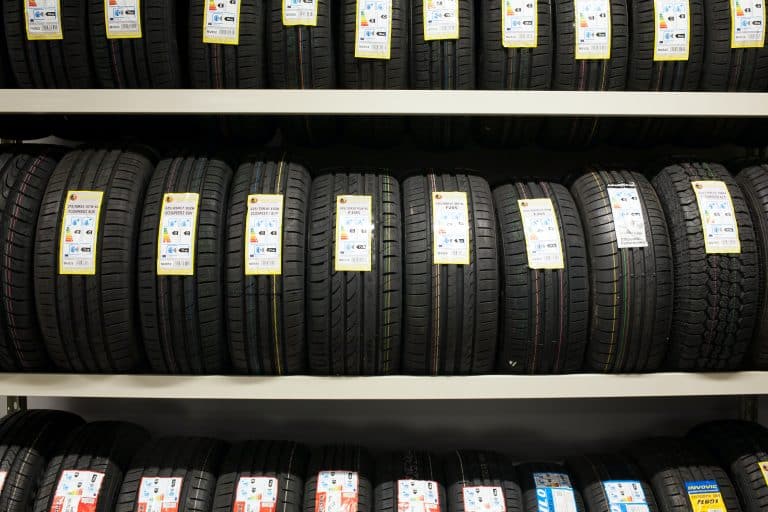Checking Tread Depth with a Coin
Owning a car means that throughout its lifespan you’ll need to replace certain parts. As you drive, they wear out, so to ensure you get the best possible performance. This also means that your safety won’t be compromised.
Among the many parts that need regular maintenance, the ones I’d consider near the top of the importance ladder are the tires. As much as they have advanced over the past century, they still won’t last a lifetime.
During their usage, tires wear down at different rates, which is one reason you should replace them. This depends on your driving style and how many miles you drive. To ensure that you’re writing the safe zone of the tread depth, it’s essential to monitor it and replace them before they reach a certain limit.
There are tons of tools that can help you measure the tread depth of your tires, but what if you don’t have one? The good news is that you can measure the depth using a coin, which is something all of us have in our pockets.
Before I dive into the measuring process, let’s talk about why tires wear and why you should check them.
Why do Tires Wear?
There is a long list of consumable parts on every car and the tires are on it. You’ll either need to change them because of age or because they are worn down. Since this guide is about the wear, I’ll put aside the tire’s age as a factor.
Tires are made from rubber because that material can deliver the performance we need. The friction between the tread and the surface gives us grip and traction, keeps us safe, and enables us to have some fun.
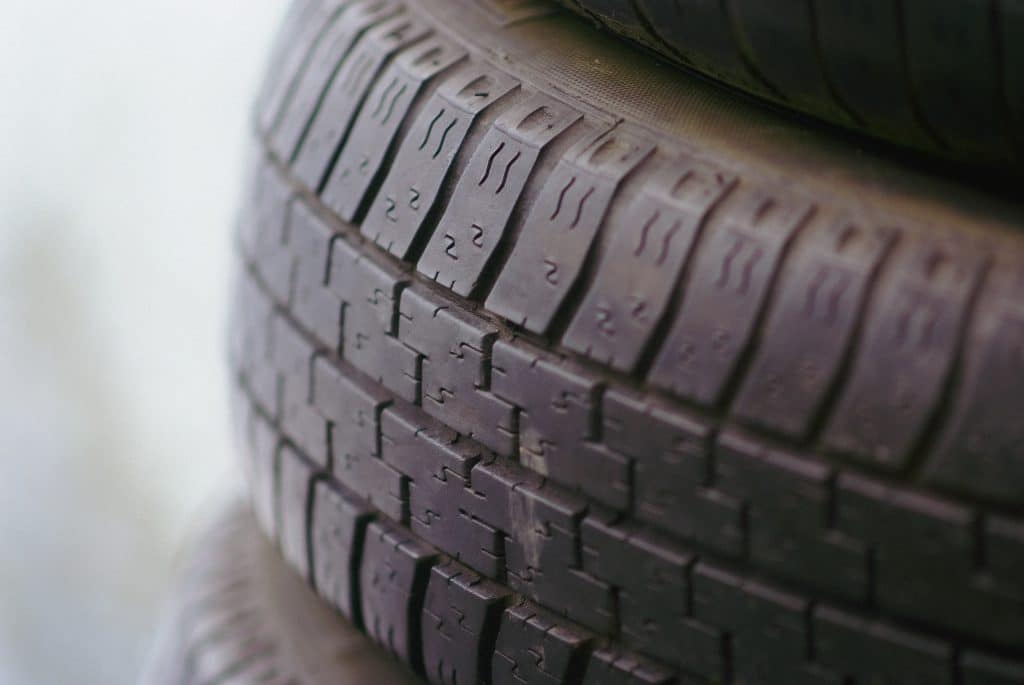
As positive as this sounds, having rubber on the tires doesn’t come without a drawback. The main one is the wear. As the tire rolls, microscopic parts of the rubber are torn off. Throughout the tire’s life, the more you drive it, the faster the wear rate will be.
This applies to the normal wear of the tires, which isn’t always the case. There are situations where you may experience uneven wear or accelerated one, something we see with the first set of tires on new cars.
Why is Tread Depth Important?
When it comes to a tire, the tread depth plays an important part in the performance it delivers. As the tire wears down, its capabilities are reduced and it won’t be able to deliver the necessary performance to keep you safe.
The easiest way to explain this is with wet driving, especially aquaplaning resistance. A new tire with a full tread depth can channel a certain amount of water beneath it. As it wears down, the volume of the channels reduces, so it won’t channel as much water as before. When you reach the legal minimum depth, the aquaplaning resistance won’t be as good as before. In some cases, you’ll notice issues even when driving around town.

It’s a similar story to the snow performance, especially the unpacked one. In these conditions, you’re relying on the tread depth as the blocks and the edges bite into snow and deliver traction. The smaller the depth, the less traction a tire can have, so it won’t perform as well as you want it to.
What is the Minimum Tread Depth?
When talking about the minimum tread depth, it’s essential to mention that this is the legal limit. In most states, the law says that you shouldn’t be under 2/32 of an inch. The biggest issue here is that this applies to all types of tires.
With summer tires, it’s not a massive issue, unless you drive in harsh rain. Winter tires, on the other hand, can be problematic, because you won’t get nearly as much grip and traction as you need.
In my option and experience, anything below 5/23 of an inch is problematic. The tires will run fine on a dry road, but in any other situation, you’ll notice a lot of problems. Therefore, I’d recommend thinking about replacing them as soon as you reach this point.
Getting to a point where the tread depth is at the legal limit means that you’re not getting as much performance as you need. I’ve seen some people thinking that worn-down tires are as good as slicks, but that’s far from the truth. To be fair, this is one of the most dangerous opinions you can find on the internet, so please, for the sake of everyone’s safety, ignore it.
Measuring Tread Depth with a Coin
In an era where you can find tools for measuring tread depth at any gas station, this may seem like a poor guide, but hear me out. As much as I’m a freak with tires, I don’t own one. I have purchased a few in my lifetime, but I’ve also lost all of them, so it’s an endless money pit for me. I have a few coins lying around the car, so it’s easier.
Also, many of the models on today’s market come with treadwear indicators. They are small ridges in the grooves that show you how much tread you have left. Once you see the blocks flush with the markers, you’ve reached the legal limit. The problem with these is that you don’t have an exact readout beforehand, which is where the coins come into play.
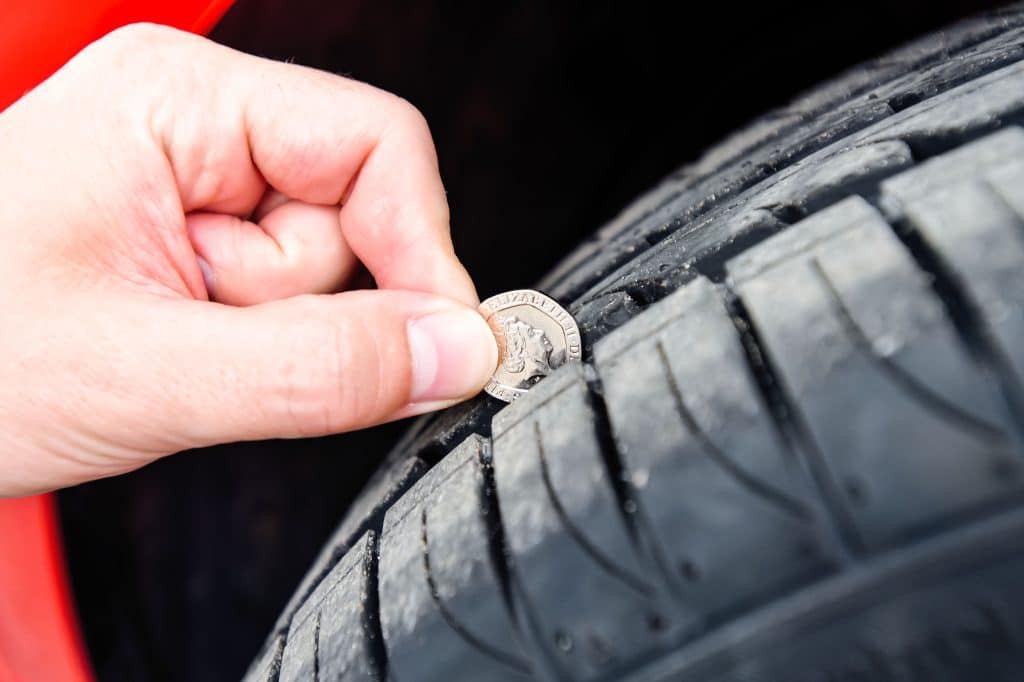
You can use 2 coins to get 3 reading about the tread depth of your tires – a penny and a quarter. The penny is used from both sides, so let’s see how to use them.
To get a more accurate representation, you’ll need to set your eyesight to be in line with the top of the blocks and be at the same level.
Starting off with the penny, you’ll get a reading for 2/32 and 6/23 inches of depth. From the Lincoln side, put the penny upside down so that the top of the head is facing the tire. If the head is covered, it means that you are above the 2/32 mark. If you can see the head entirely, then you should have replaced your tires already.
On the other side, you have the Lincoln Memorial, which is used for the 6/32 measurement. Put the penny so that the monument is upside down and see if the tread covers the top. If it doesn’t, then you’re below 6/32, if it is, then you’re above and you have a good amount of miles left.
For measuring something in-between, you can use a quarter. Position the coin so that Washington is upside down. If the tread covers the top of the head, then you’re above the 4/32 mark.
To make sure that you’re getting even wear and readout, check the tires on multiple sides and grooves. If you see massive discrepancies, then you’re probably dealing with uneven wear, which you should address as soon as possible.
Disclaimer
I can already hear all the angry comments about the accuracy of this test and I agree. Using a coin to measure the tread depth is just to give you a rough idea of how much tread you have left, but it’s not a precise measurement tool.
For the most accurate reading, you can either buy a measuring tool, if you’re sure that you won’t lose it, or go to a tire shop. Eighter way works the same and you’ll get the most precise readout.
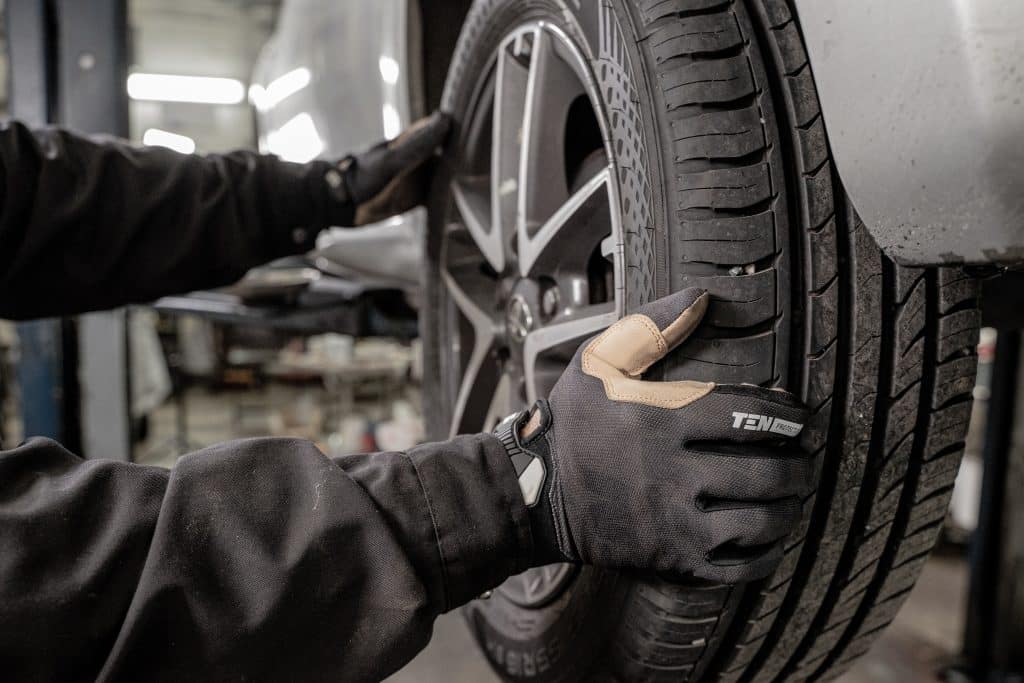
The coins I mentioned are for a rough estimate if you’ve passed any of the 3 parks. For example, if you can see the top of Lincoln’s head, you have over 2/32, but you don’t know how much. This is where a tread depth measurement gauge comes into play.
Conclusion
There are two crucial aspects of a tire – tread depth and age. In terms of the depth, as the tire wears down, you lose some of the performance. The drop isn’t massive from the full depth to about half of it, but after that, you notice the problems.
Despite the legal limit of 2/32 inches of depth, waiting to reach that mark can be dangerous. Tires with this much tread depth will have poor performance on wet roads or snow. So you should aim for the 4/32 or 5/32 as critical points where you should replace the tires.
If you’re not a fan of tread depth gauges or you lose them all the time, you can use some coins to get a measurement. It’s not the most precise thing in the world, but it’s enough to give you an estimate. A penny or a quarter test will give you an idea of how much tread you have left and how soon you should think about getting a new set of tires.
